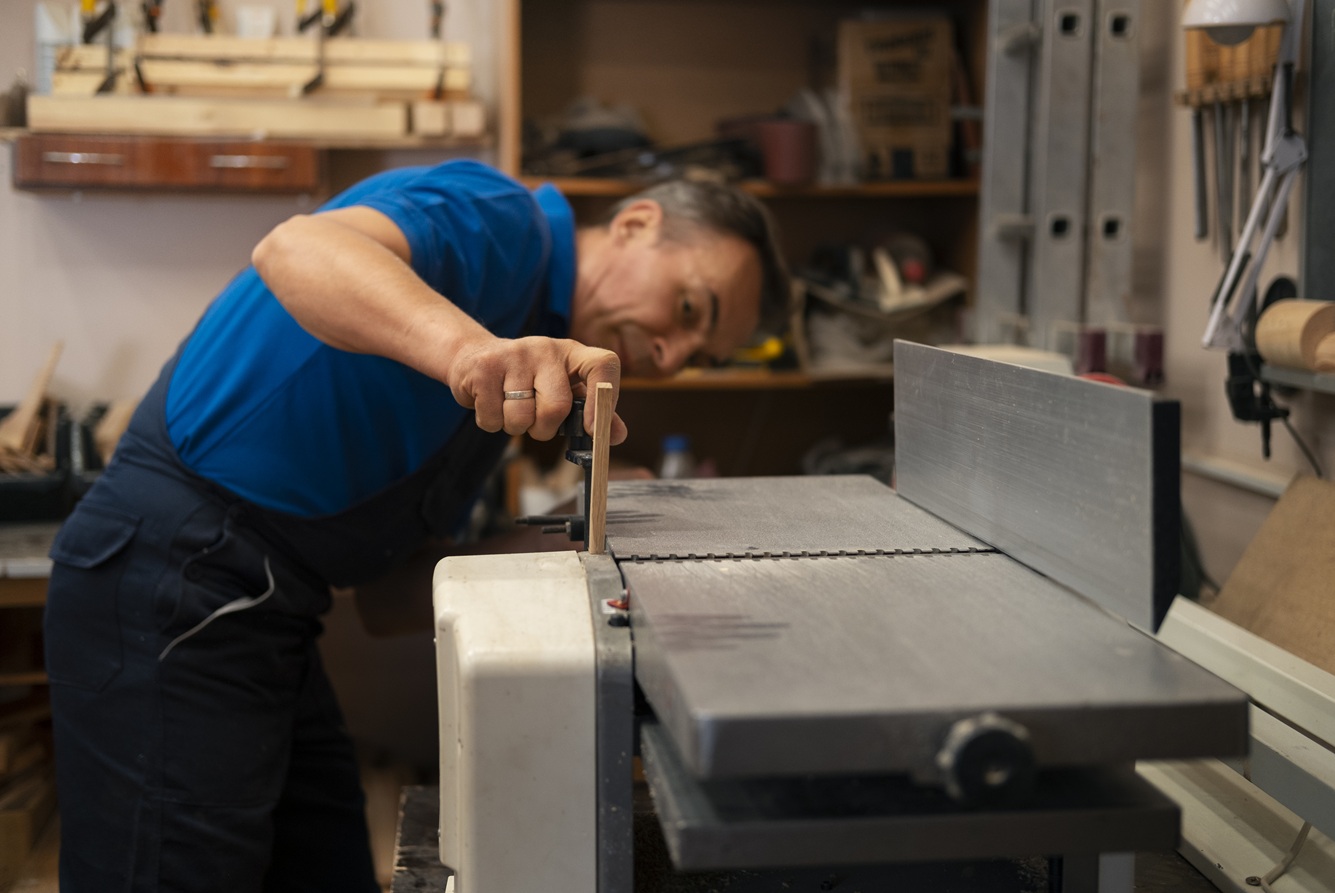

In the world of metalworking, numerous processes collaborate to produce a finished product. Metal punching is a process used across various industries to create clean, accurate holes and shapes in sheet metal.
Metal punching is more than just creating holes in a metal sheet; it requires skills and precision. Thus, to maximize productivity and quality, you must learn how to properly prepare, operate, and maintain a metal punching machine and achieve perfection.
This blog discusses useful tips for working with a metal punching machine.
Read on!
A metal punching machine is a specialized tool designed to create holes, slots, or shapes in sheet metal. It utilizes a punch and die system, ensuring the carved holes are clean and eliminating the need for finishing. These machines are commonly used in various industries, including construction, automotive, HVAC, manufacturing, and electrical work.
Apart from the metal punching machine, there are other tools used to derive results, such as:
Punch and Die Sets: These are designed for various shapes and sizes.
Clamps: You cannot punch a hole without a clamp. A clamp must secure the metal sheet before commencing the operation.
Measuring Tools: Especially useful in manual punching, rulers, calipers, and templates ensure accuracy.
Cutting Fluids: These are used to cool the metal and tool, reducing friction and tool wear.
Protective Gear: While punching may seem safe, wearing gloves, goggles, and ear protection is necessary.
Technologically advanced tools often incorporate many of these features into the machine, but manual punching can be unsafe and inaccurate without them.
Preparing the metal for punching is a crucial step that shouldn’t be missed. It ensures clean results and minimizes material waste. Here are the ways to prepare the metal sheet:
Whether you are working with stainless steel, iron, or copper, always adjust the machine as per the metal’s requirements.
Learn these proven techniques from the metal punching experts:
For fast, efficient, and precise results, you must use the machine properly.
Punching is often combined with the following processes:
Metal Bending: This process is used to form flanges, brackets, or channels after holes have been punched.
Cutting: Using a metal cutting tool, such as shears or a saw, to create custom shapes.
Welding: To assemble punched components into finished products.
If you are a hobbyist who needs comprehensive metal-related services, you should hire a metalworking expert instead of opting for a DIY approach.
Follow these guidelines to ensure safety during the operations:
Here are some expert tips to improve productivity and precision:
If you encounter any problems with the punching, here are ways to fix them:
Burrs on Edges: Sharpen or replace the punch and die.
Misaligned Holes: Recalibrate the back gauge and realign workpieces.
Excessive Tool Wear: Use proper lubrication and adjust the punching speed accordingly.
Material Deformation: Ensure the material thickness is within the machine’s limits.
It’s said that metal punching is the job of a skilled expert, but even an expert can’t punch accurate shapes without a reliable metal punching machine. Thus, if you want accuracy and precision, invest in a good metal punching machine.
However, it is prudent to partner with a metalworking expert who can offer you every service under one roof at an affordable price. Visit us at New Mexico Metals LLC, where we offer top-quality metals and services in one convenient location.
Book an appointment today!
Que: What materials can be punched using a metal punching machine?
Ans: A metal punching machine can punch various metals, including stainless steel, aluminum, brass, and copper.
Que: What’s the difference between punching and cutting in metal fabrication?
Ans: Punching refers to using a small section of a metal sheet using a punch and die. Cutting refers to the process of removing large sections of metal or separating them using saws, shears, or lasers.
Que: How do I maintain my metal punching machine?
Ans: Invest time in preventive maintenance rather than repairs. Lubricate the moving parts, use sharp punches and die sets, and check alignment.
Que: Can punching damage thin sheet metal?
Ans: If the wrong punch or excessive force is used, the thin sheet metal may deform. You must use the correct settings and setup to deliver clean holes.
Que: Do I need a separate tool for metal bending after punching?
Ans: Yes, metal bending and punching use different tools.